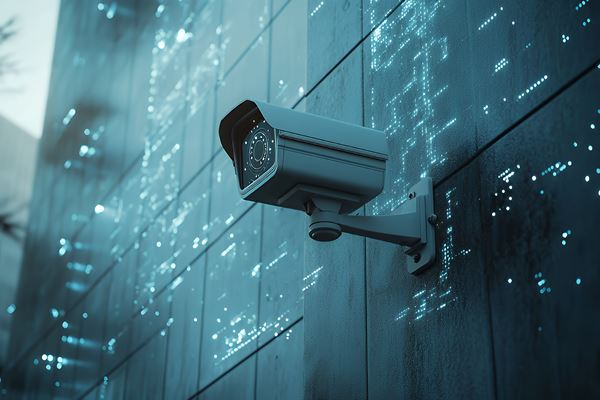Digital Security Travel Hacks You Need to Know

Travel opens our eyes to new architecture, foods, cultures, and perspectives from around the world. Unfortunately, it also makes us more vulnerable to theft and hackers. While no one is 100 percent secure from digital attacks, there are some things everybody can do to help prevent their information from getting compromised while traveling.
Three Tips to Protect Yourself While Traveling
Tip #1: Use a secure internet connection.
Knowing the most common hacking tactics is the first step to prevention. Nearly every modern business uses digital systems, and hackers only need Wi-Fi to access an unsecured system. With electronic payment outpacing cash payments, Point-of-Sale (PoS) system compromises are among the highest at 91 percent, due to the quick and easy access for hackers. Stolen passwords also rank high at 81 percent for easy hacking and data theft.
The best way to prevent your information from being accessible is to ensure you’re using a secure connection when accessing the internet. Use a reliable and popular VPN; most VPN providers offer a secure connection for a very small cost. Check that the website you visit is marked secure and that the address begins with “HTTPS”. If you are connecting to an external Wi-Fi (such as at an airport, coffee shop, etc.) you need to ensure that you are not using a fake Wi-Fi hotspot. Confirm that the Wi-Fi you are connecting to is spelt exactly the same on your device and the source. When in doubt, use your own secured hot spot to log on and keep your personal info away from hackers.
Tip #2: Let your bank know about your travel plans.
In the digital age, no country is untouched by cybercrime, so it is smart to know the best practices for keeping your information safe. North America and Russia have the highest percentages of reported identity thefts, with the United States the worst at nearly 800 million reported identities stolen. The best way to prevent digital identity theft is to prepare in advance and become familiar with these simple practices and tools.
If anything outside your plans pops up, they will be alerted, and you can mitigate any damage. Bring plenty of cash, especially to developing countries, to minimize the risk of spotty internet. Use a credit card instead of a debit card because it’s easier to recover funds and credit cards have a safer record for international transactions.
It is also best practice to not broadcast your travel plans in advance or publish photos whilst on vacation to social media. There have been countless accounts of people’s homes being broken into, precisely during the time when they were away on vacation since openly sharing plans and/or making their absence obvious with their social media postings.
Tip #3: Be proactive when using an ATM.
The ATM is a popular target because it provides criminals easy access to your private account information, like your PIN and card number. Some of the latest scams include an ATM skimmer, which is a device that reads your card data and is installed to look like part of the machine. Another trick is utilizing a hidden camera to capture your PIN or password keystrokes. Be aware of anything that looks suspicious or seems to not function properly at the ATM. Any reputable banking company will never ask you for your PIN or account information over the phone and be especially aware if a person approaches you under the guise of help.
Hackers and thieves are constantly searching for new ways to capture information so staying vigilant is the key to protecting your data. When traveling, it is always smart to prepare in advance, use cash when possible, and be aware of your surroundings because a stolen identity and compromised finances is no vacation.
Vores eksperter kan hjælpe dig!



